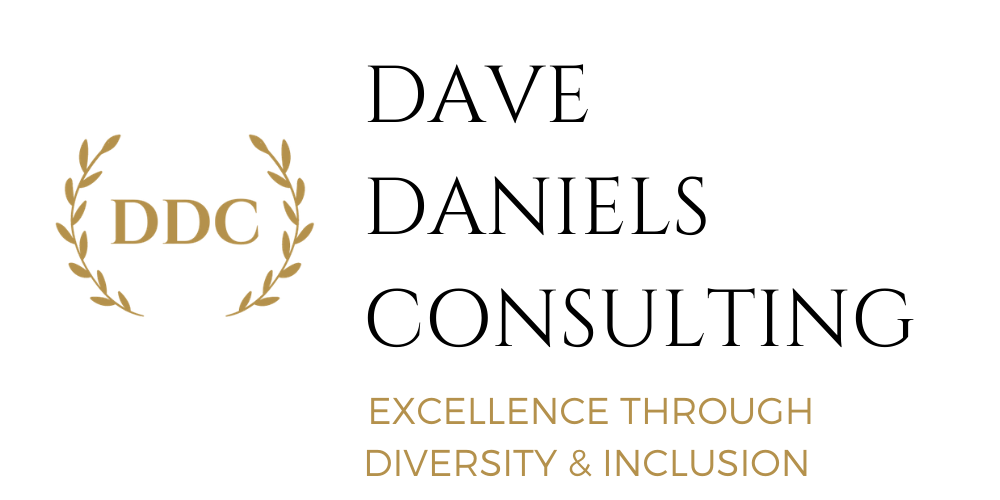Mentor and Sponsor Programs
Do Mentor programs really work? How do they differ from Sponsor programs? How do you select candidates? And, how does an organization introduce these programs? These critical questions need to be answered proactively and thoughtfully before embarking on this part of the Diversity and Inclusion (D & I) strategy. Like any good business decision, there needs to be a predetermined Return on Investment (ROI = measurable results).

Unwavering commitment, communications, and accountability is a must to optimize success.
First, let us dive into the first question posed, because if your answer is “NO,” then usually you won’t pursue it. Here is my challenge to you, the CEO. How many times in your career have you witnessed a really good idea die on the vine due to several possible reasons? If you are like me, you file these ideas away to be utilized at another time when you can directly impact the outcome of initiative. Examples of those failures could hearken back to poor leadership, inadequate planning and/or funding, conflicting communications, or lack of commitment, to name a few reasons.
Allow me to explore the difference briefly and simply between Mentor and Sponsor programs. A standard Mentor/Mentee approach effectively establishes roles with the Mentee driving the process within well-defined parameters. A Sponsorship program should be reserved for the best of the best high potential employees, as identified by the organization’s Succession Planning process. This process is designed to be far more formal and structured with key check points along the way. Unwavering commitment, communications, and accountability is a must to optimize success. While the Executive Leadership Team (ELT) member is key, I strongly recommend a central point of contact that both parties can draw on when needed.
These two powerful concepts can drive real change in your organization, if you commit to the following steps:
1- Have the right person leading these processes. Competency and respect are paramount.
2- Use Succession Planning to identify the right high potentials pared with the right ELT.
3- Clearly define each program and the desired outcomes.
4- CEO commitment, follow-up, and regular involvement are a must.
5- Strive for continuous improvement with both processes. Learn from the past.
Determining the correct level of transparency will be critical to success. I work closely with CEO’s to determine what’s right for their culture. You guard current proprietary info closely. I believe that the Succession Planning process should follow this template. As a key part of this process, Mentor and Sponsor programs should follow this line of thinking.
Should you decide to implement and/or enhance Succession Planning in your company, I am available to guide you through the nuances. Next up: Diversity Councils and Resource Groups.
